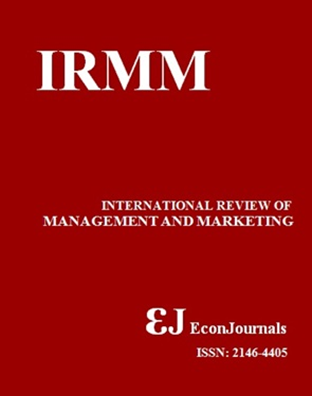Regulation as a Game-Changer: Factors Driving Cryptocurrency Adoption among Millennials
DOI:
https://doi.org/10.32479/irmm.18747Keywords:
Performance Expectancy, Technology Expectancy, Social Influence, UTAUT 2 Model, Cryptocurrency, MillennialsAbstract
Cryptocurrency is a digital asset designed to work as a medium of exchange that utilizes cryptography for security, unlike traditional currencies. Generally, the acceptance of Cryptocurrency in Malaysia is still in its early stages of adoption. The study examined the key factors influencing Millennials' willingness in Malaysia and how regulation moderates the relationship between these factors and Millennials' willingness to adopt cryptocurrency. Data were collected using a questionnaire developed from the literature. A total of 385 respondents from the millennial age group participated in this study. SMART PLS software was used for analysis involving measurement and structural models. The findings indicated interesting results. Millennials were very aware of cryptocurrency. However, when applying the regulation moderator, the results showed a high understanding of the importance mainly derived from Social Influences. The adoption of the knowledge in practice was not significant. With the inclusion of the major banking institutions, the market scope of cryptocurrency will inevitably increase soon.Downloads
Download data is not yet available.
Downloads
Published
2025-04-15
How to Cite
Hamedani, S. S., Francis, P. B., & Aslam, S. (2025). Regulation as a Game-Changer: Factors Driving Cryptocurrency Adoption among Millennials. International Review of Management and Marketing, 15(3), 415–425. https://doi.org/10.32479/irmm.18747
Issue
Section
Articles
Views
- Abstract 56
- FULL TEXT 37




